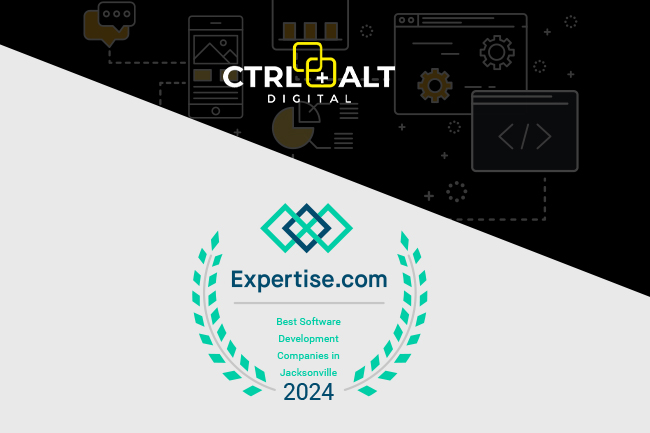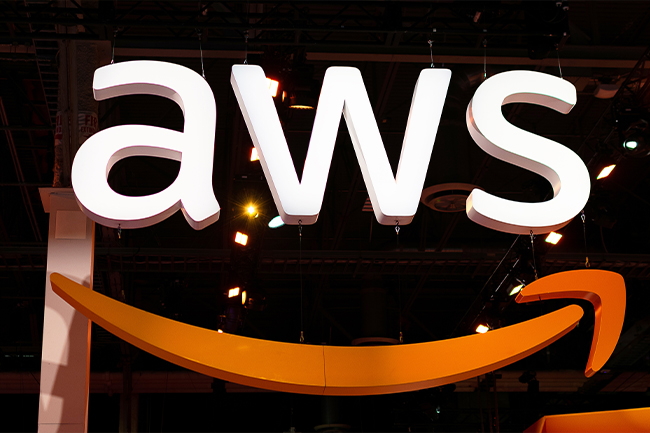
The .NET (dot net) framework is a free, open-source, cross-platform that can run on Windows, Linux, and macOS. It has its roots in the early 2000s with its initial release in early 2002. Originally, the .NET framework was designed to develop applications that ran primarily on Windows. It’s now evolved into .NET Core. With .NET, you can use multiple languages, editors, and libraries to build for web, mobile, desktop, games, IoT, and more. It fully supports the C#, F#, and Visual Basic. .NET languages. However, its widely debated that the future belongs to C# and F# and that Visual Basic is only being maintained to support limited ongoing compatibility with the newer developments in the .NET world.
Its Large Developer Base
The fact that .NET was widely adopted all those years ago is one of its greatest attributes. It continues to have a large developer base worldwide, topping over 5 million. The Application Programming Interface (API) is well-documented by Microsoft. If the white papers are a bit cumbersome, turning to forums like StackOverflow, where developers provide info on problems and solutions they have worked out, can be very helpful.
Microsoft Has Invested In The Future
Prior to the dot com tech bubble of the early 2000s, Microsoft enjoyed almost monopolistic control in the tech industry. The early approach Microsoft had with .NET, and its associated development tools and hosting strategies, was more about a closed environment with very little or very difficult interoperability between other technologies outside of the company umbrella.
But competition from some newer and younger-based tech companies, such as those that would go on to become industry leads like Google and Amazon, caused Microsoft to have a shift in thinking in order to survive. Microsoft knew it needed to invest in the future.
In the past, the strategy of Microsoft was to buy up existing technologies or extend public technologies, positioning Microsoft to be at the core of any given structure. This shift in strategy by Microsoft to invest in the future and adapt is evident in examples such as the acquisition and integration of Github, a hosting provider for software development and version control, and the acquisition of Xamarin, a company that created cross-platform implementations of the CLI (Common Language Infrastructure). Xamarin helps developers create applications that run across iOS, Android and Windows while sharing a core codebase with minimum necessary code to target each native environment.
However, the latest framework offered by Microsoft, .NET Core, is an open-source framework that is managed by the .NET Foundation, a Microsoft organization in charge of better managing open-source projects as they relate to .NET Core. The framework is mainly supported and developed by Microsoft but has additional contributors globally that help set the path forward.
Microsoft Azure & Tooling
Microsoft Azure is a set of cloud services that allow the end-user to build, test and deploy web applications. Additional services are necessary to back these web applications, such as an offsite hosted SQL database. The breadth of what Azure has to offer, and the modularity and variability of potential configurations, show where Microsoft values spending resources and can be an indicator of the future. Microsoft makes a continual investment in the security of its infrastructure and when hosting on Azure users gain access to that investment in terms of security and insight.
First, an application must be built before it can be deployed to Azure. Microsoft offers a couple of different pieces of software to accomplish that task. The first of these tools, and likely the most well-known, is Visual Studio, a feature-rich IDE (Integrated Development Environment). Visual Studio allows a developer to write, debug, build and even publish an application. There are many additional tools built into Visual Studio including tools for designers for building a GUI, database schema design tools, and class designers.
Code completion is enhanced with ongoing machine learning in some of the newer versions. It attempts to learn from patterns and better suggest code based on its previous history with your programming. Apart from these basic offerings, Visual Studio comes in a few tiers including a free Community version and paid Professional and Enterprise versions.
While Visual Studio offers a huge advantage to a developer, Microsoft also offers Visual Studio Code, or VS Code, as its known. VS Code is a lightweight package code editor that can be easily extended to help a developer generate code in various languages such as Java, JavaScript, Go, Python, and more. VS Code is similar in features to Visual Studio with debugging support, and code completion, however, a noticeable distinction between the two programs is the ability of VS Code to create extensions to add support for new languages and debuggers.
Microsoft SQL Server Reliability
Microsoft SQL Server, or MSSQL, might not always be the most talked about in the Microsoft ecosystem, but it remains a very reliable backend offering in the Microsoft stack. There is a high degree of security using encryption and other default, built-in mechanisms. Additionally, the software can be used to easily create and restore backups. It is a very streamlined piece of software to install and configure. MSSQL can be configured in various ways to help meet the specific needs of the end user. Data is the backbone of modern businesses and MSSQL is a reliable way to store and access that data.
The Evolution Of ASP.NET
Act Server Pages Network Enabled Technology (ASP.NET) is a web framework that allows server-side rendering of dynamic web pages. ASP.NET has evolved to provide the same modularity as the modern Microsoft ecosystem does. ASP.NET allows users a far greater choice in how to build a web application than previously. ASP.NET has matured from simply being a Web Forms product to allowing a user to build the front end using Angular, React, and even Blazor, a modern framework that allows .NET code to run directly in a user’s browser.
The Microsoft stack includes far more benefits than mentioned here and continues to grow and evolve. Microsoft not only invests in the future but seeks to provide solutions quickly as it continues to innovate. If you would like to learn more about our team’s technology capabilities and expertise with the Microsoft technology stack, please reach out.


